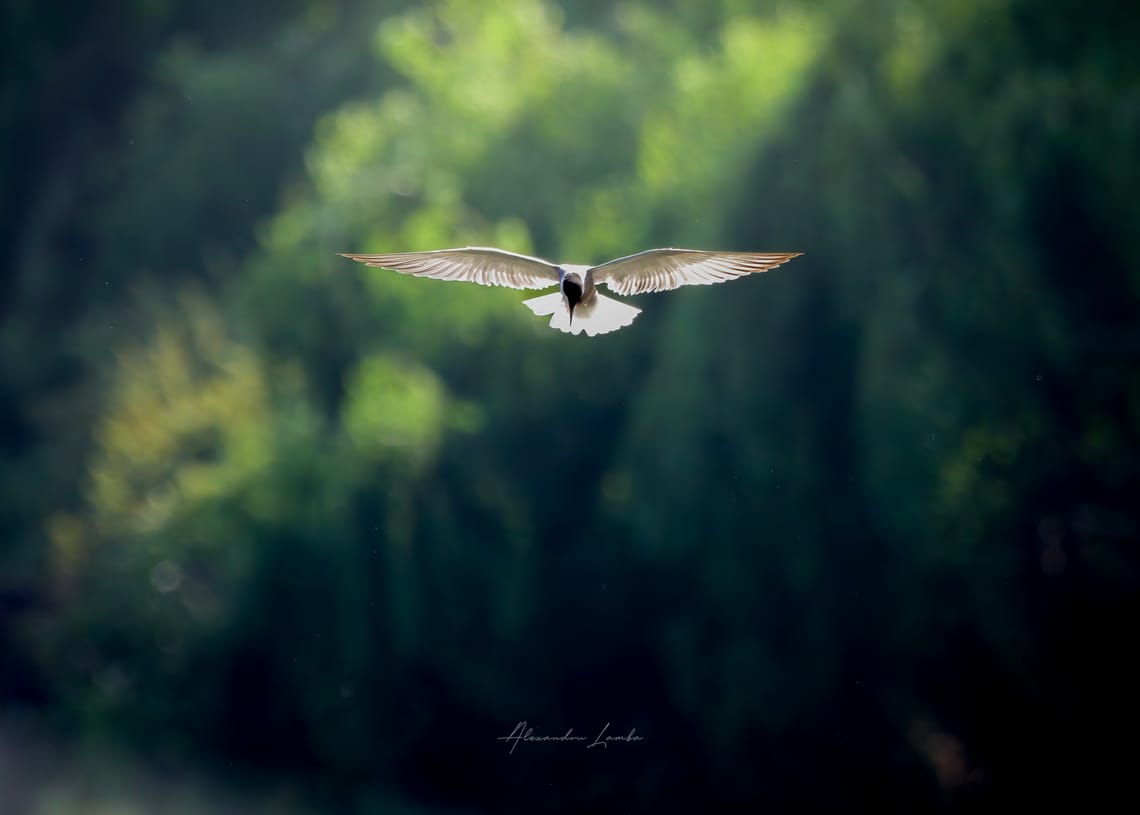
I'd been studying this fishing spot for two weeks. The shallow channel created a natural hunting corridor where small fish congregated, and the terns had learned this secret. Every morning between 8:30 and 10:00 AM, they'd work this exact stretch of water with methodical precision.
Capturing a hovering tern demands split-second timing and technical perfection. They hover for maybe 2-4 seconds maximum before diving or moving on. Miss the focus, and you're waiting for the next opportunity—which might not come for 20 minutes.
I positioned myself 40 meters away with a 600mm lens, pre-focused on the prime hovering zone. Camera set to 1/2500th second to freeze every feather detail, f/5.6 for adequate depth of field, and continuous autofocus tracking the bird's movement.
But here's the real secret: I wasn't watching through the viewfinder. I was watching the tern's behavior, learning to predict when it would hover. Only when I saw the telltale signs—the slight pause in flight, the head angle adjusting downward—did I raise the camera.
Two seconds after this image was captured, the tern folded its wings and dove. The strike was successful—a silver flash of fish in its beak as it emerged, shaking water from pristine feathers before flying back to feed waiting chicks.
That's the story this single frame contains: not just a moment of beauty, but a link in the endless chain of survival, adaptation, and the profound intelligence embedded in seemingly simple behaviors.
